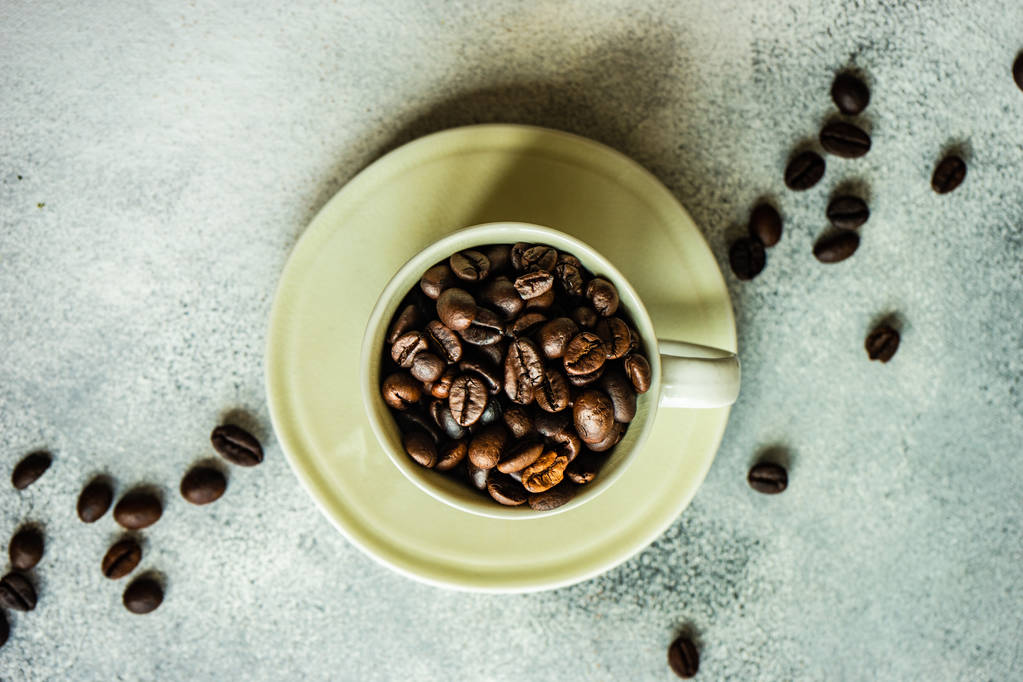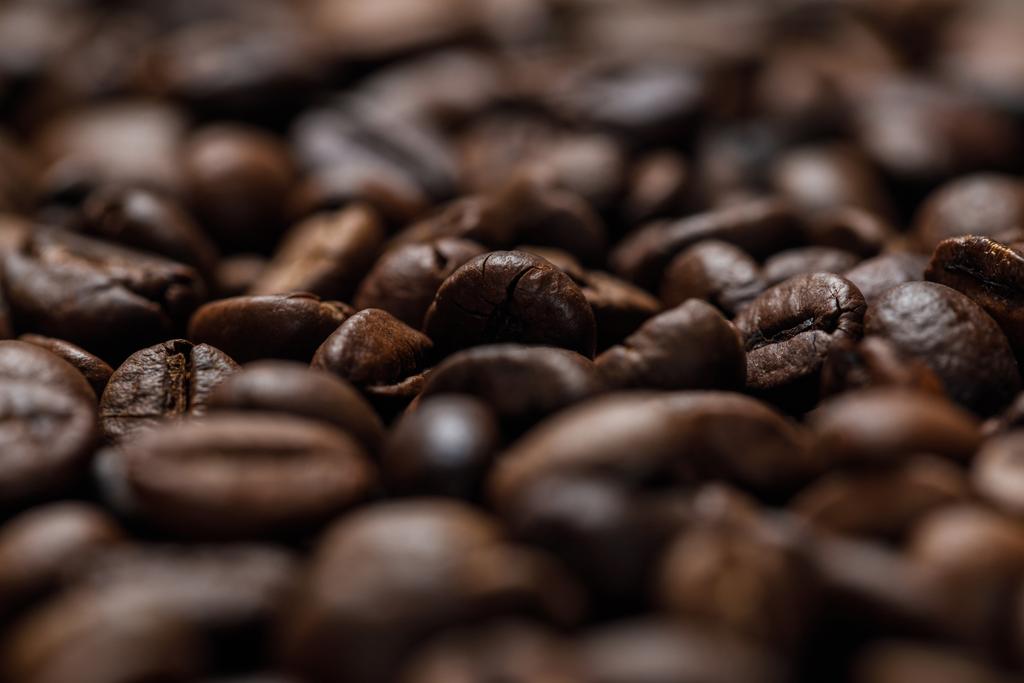Caffeine has a stimulating, stimulating effect and is an alkaloid that appears as a white, crystalline, odorless powder with a bitter taste. Worldwide, caffeine is the most consumed substance with active pharmacological effects. Caffeine not only occurs in coffee but also in other luxury foods such as tea, mate, cola, guaraná, cocoa, colanesses and energy drinks. Even in various painkillers, caffeine is often contained, which can be read on the package insert.
The stimulating effect, if it is available in the appropriate quantity, works very quickly. However, if the caffeine content of the drink or other product is minimal, then no effect can be felt at all. But not only the caffeine content plays a major role in the mode of action, but also the type of food and its composition.

The caffeine content in comparison
25 ml espresso (often served in a 40 to 50 ml espresso cup) contain between 25 to 30 mg of caffeine
Since cappuccino and latte macchiato each contain an espresso, the caffeine content corresponds to that of an espresso.
Good to know: In Italy and other countries you get a double espresso when ordering a Caffè latte, which is poured in with plenty of hot milk.
25 ml in the filter infusion process of brewed bean coffee contains between 15 and 25 mg of caffeine. With a usual coffee cup with 125 ml filling quantity, this results in a amount of caffeine of 75 – 120 mg
While a decaffeinated coffee in a 125 ml cup has a small residual amount of caffeine that is between 1 and 4 mg.
The pros and cons of caffeine in various types of coffee
Usually the caffeine content depends on the variety of the coffee contained in the drink, as well as on its quantity and the type of preparation. If you tolerate caffeine well and appreciate your vicarious effect, you should use an espresso, filter coffee or a soluble, freezer -dried coffee. If you cannot tolerate caffeine in return, it is best to do without all caffeinated drinks and choose a decaffeinated coffee.

